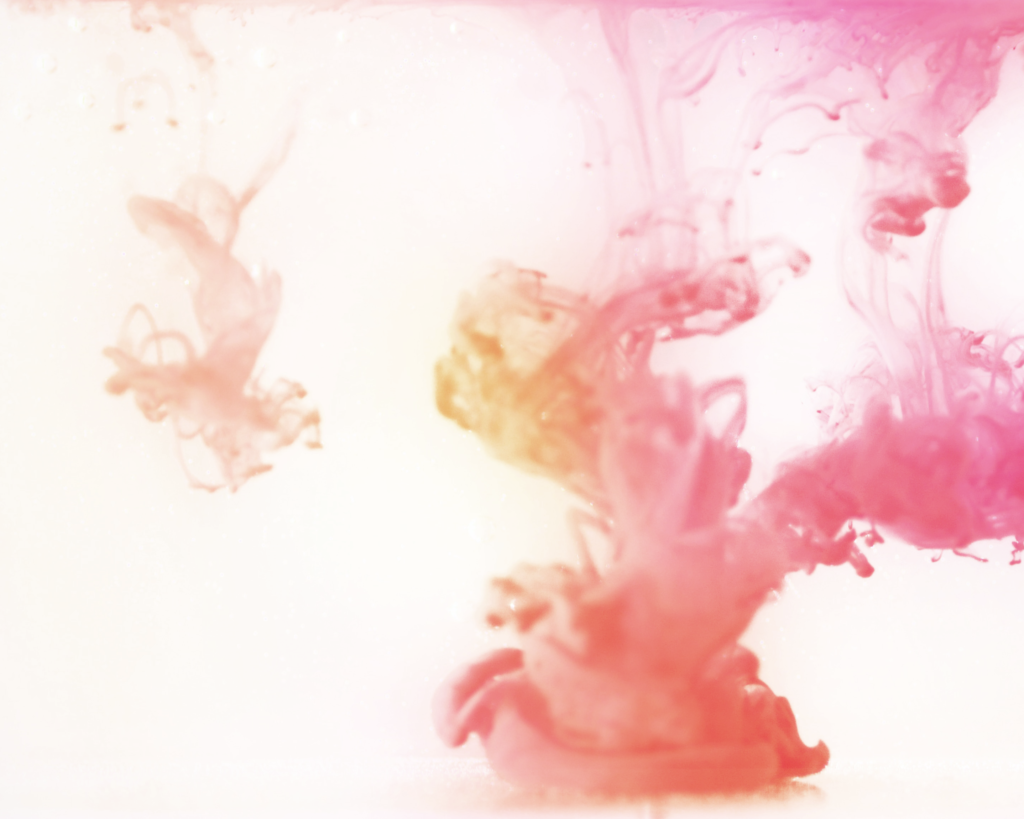
Chemical recycling is an important step in enabling a closed loop textile supply chain. However, chemical recycling comes with the inherent risk of keeping or spreading hazardous substances found in dyes, softeners, anti-wrinkle agents and other common additives. A new study investigates decolouring of cotton and regeneration into viscose fibres to analyse the potentially hazardous textile finish components throughout the process.
decoloring, stripping of finish and reactive dyes
The present study investigated the stripping of finish and reactive dyes using a novel sequential alkaline/acid pretreatment bleaching process, followed by the evaluation of subsequent viscose fiber regeneration performance. From a sustainability perspective, the selected bleaching sequence could be integrated into the viscose process, leading to reduced costs and environmental impacts. Stripping has previously been performed on wrinkle-free treated fabrics, but not on fabrics with both anti-wrinkle treatment and dye. The resulting viscose fibers were tested for technical performance, i.e., mechanical properties such as tenacity and elongation at break, as indicative of spinning results.
Results show that the used decolourisation approach has potential to remove the type of reactive dye, wrinkle-free agent and softener tested in this study. However, adaption of the decolourisation process for the cotton substrate is needed in further trials. In the specific case of cotton flows with presence of dirt and water repellent finish the authors recommend designing of another decolourisation approach.
global demand for cellulosic-based fibers
As the global demand for textile fibers is expected to increase there will be a major gap between demands and available supply when it comes to cellulosic-based fibres. This gap may be somewhat reduced by using post-production and post-consumer cotton as raw material in regenerated man-made cellulosic, such as viscose or lyocell. Therefore, several actors seek to recycle cotton fabrics and regenerate the cotton cellulose into other types of textile fibres via chemical recycling.
An important processing aspect in chemical recycling is the ability to create a pulp with a low amount of impurities. Most cotton textiles contain colourants and finishes, which can be considered as impurities in a chemical recycling process. Removal of such impurities in a decoloring stage would enhance the fibre dissolving capacity and stabilise and simplify the fibre regeneration process.
Read Mistra Future Fashion report: Evaluation of dyeing and finishing components in recycling and regeneration of coloured textiles prototypes
The report is written by : Helena Wedin, Björn Källman, Anna Rúna Kristinsdottir, Ellinor Niit, Zaheer Ahmad Mansoor, Christofer Lindgren and Hanna Rammsy
Read article in Journal of Polymers and the Environment: ‘Preparation of Viscose Fibres Stripped of Reactive Dyes and Wrinkle-Free Crosslinked Cotton Textile Finish’
The article is written by
The project has been performed within the Mistra Future Fashion research program by joint work from re:newcell, MoRe research, RISE IVF (former Swerea IVF), Swedish School of Textile and RISE AB, with support from the companies DyStar®, Lenzing AG, H&M, I:CO, Boob design, Wiges, New Wave Group, Filippa K and Kappahl. The part of the study that concerned the dirt and water repellent was performed in cooperation with the research project SUPFES funded by the Swedish Research Council for Environment, Agricultural Sciences and Spatial Planning (FORMAS) under grant agreement No. 2012-2148.



